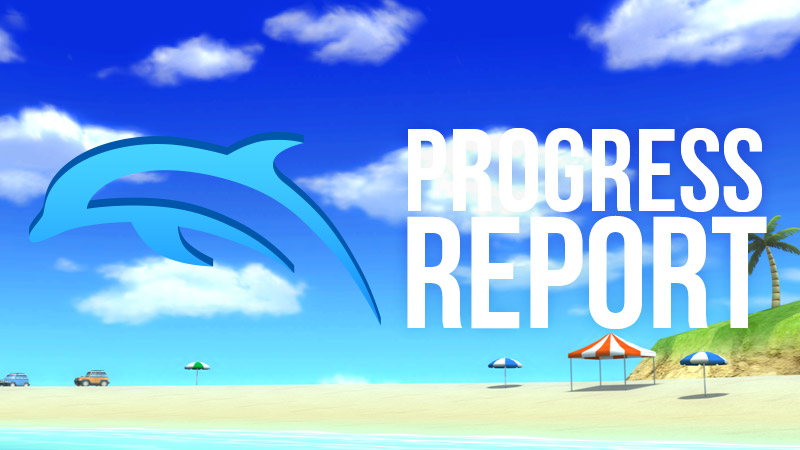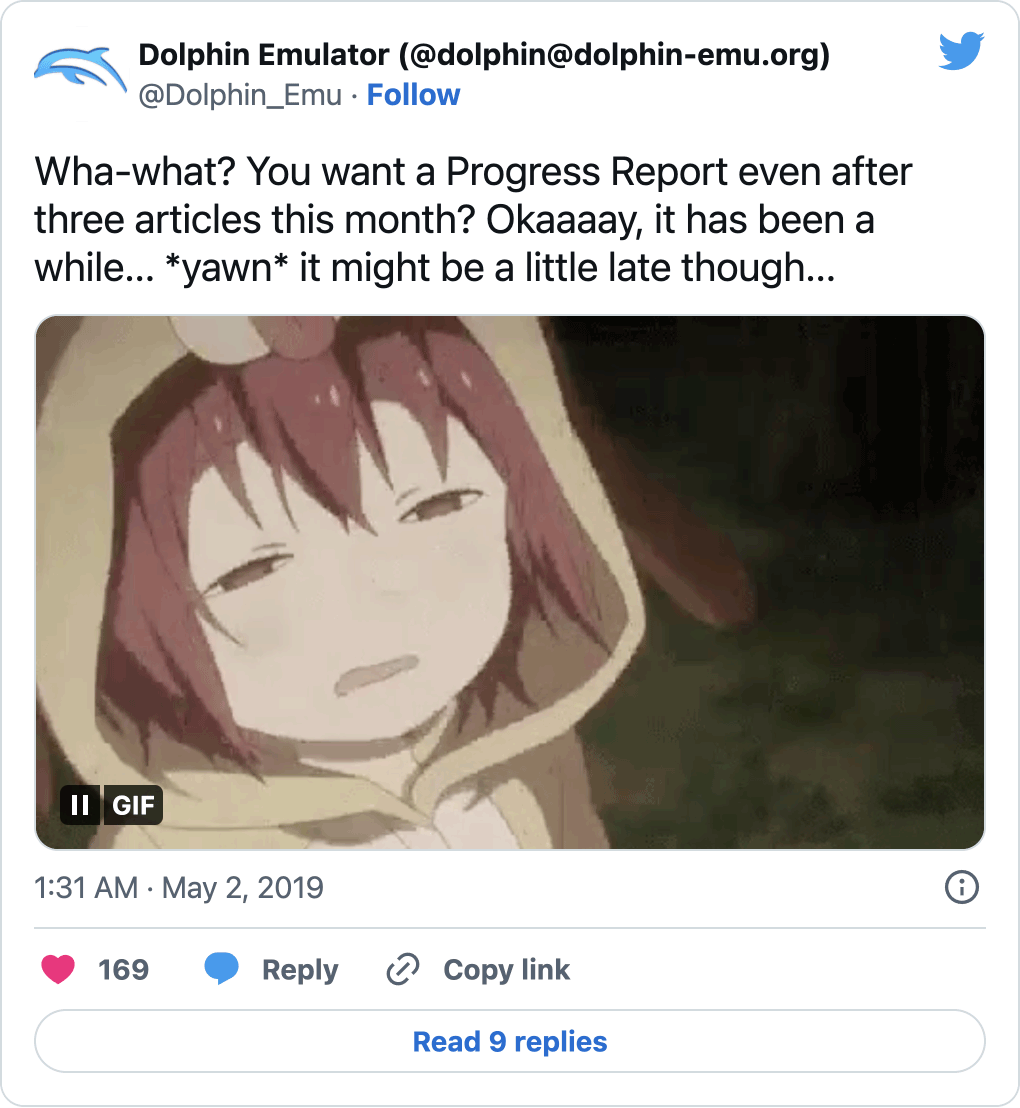The last few months have been absolutely hectic, with several long-awaited features hitting the emulator all at once. In order to keep users up to date with these major changes, the blog staff has been busy with feature article after feature article. It has been exciting, but also pretty exhausting! With us burning the candle at both ends to keep up with development, the Progress Reports have fallen a bit behind.
So here were are, bleary eyed and with three …
Czytaj dalej
Możesz kontynuować dyskusję w wątku na forum o tym artykule.
Update: There is an issue with the Nvidia drivers that kept buffer storage from being utilized properly on Windows: they do not report the driver version. Since the Linux version of the driver reports its version correctly, the Dolphin devs assumed that the nvidia drivers would report it and used a version check to make sure ARB_buffer_storage was only utilized on drivers that actually support it. Because of this issue, even the latest drivers that support the function failed the version check and Dolphin didn't use buffer_storage on Windows. And thanks to an unrelated bug discovered later, the …
Czytaj dalej
Możesz kontynuować dyskusję w wątku na forum o tym artykule.
As many people have noticed, revision 4.0-155 removed D3D9 as a video backend, leaving D3D11 and OpenGL as the sole hardware backends in Dolphin. For the longest time, D3D9 was considered Dolphin’s fastest backend and was a favorite of Windows users. But then, why would it be removed?
While it was enjoyed by users, it was a source of endless frustration for the developers. D3D9 is inherently flawed, and working around its problems wasted time and slowed development. With D3D9 removed, the developers can focus their effort on making the emulator better instead of pandering to the ever …
Czytaj dalej
Możesz kontynuować dyskusję w wątku na forum o tym artykule.


